Is the HP Elite X3 all the PC you need?
In an ever more mobile workplace, maybe a phone is really the perfect office PC.
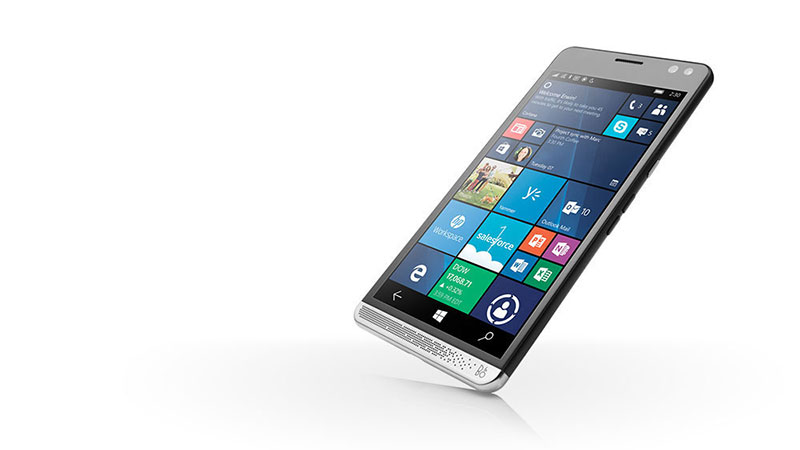
Business IT is never one size fits all,' and never has this been more true than in the current climate, where mobile devices, ultraportables and 2-in-1s share a marketplace with traditional laptops, desktops and workstations.
The HP Elite X3 aims to square this circle by being three different devices simultaneously. It's a phone first and foremost, but by taking advantage of Windows 10's Continuum feature and some special docking peripherals, it also functions as a desktop machine, and even a laptop.
According HP, the Elite X3 is a device that, for some users, can fulfil all their work requirements. The versatility of having one device that can function as both a work phone and a desktop device, HP says, will allow businesses to take advantage of the best elements of both.
Continuum isn't perfect - like any technology, it occasionally has teething problems. By and large, however, switching from phone to desktop modes is as simple as just plugging the X3 into its desktop cradle. Slot it in, and you get access to an external monitor, keyboard, mouse, wired network connection and a brace of USB ports, which is all most office staff will ever need in terms of connectivity.
Once docked, the X3 switches over to full-screen desktop mode, and as you'd assume, all of Microsoft's first-party apps all work superbly. The Office 365 suite scales marvellously when used with an external monitor, and it's easy to see why it's one of the most popular business software packages in the world. Similarly, Edge and Outlook are both excellent in full-screen use.
To techies, using the Elite X3 as your primary machine may seem like a ridiculous idea, sacrificing the power and speed of a traditional PC for no real benefit. There are, however, a number of roles in which having a smartphone as your primary device can actually be hugely beneficial.
The most obvious example, perhaps, is a highly mobile worker. For anyone that has to bounce from location to location and spends minimal time at their desk, it makes much more sense - they're likely to be using their phone much more than a laptop anyway, so combining both devices into one removes a lot of the hassle and expense of provisioning two different devices.
It also means that when flitting between client meetings and the like, you're guaranteed to have access to all of your important contacts, files and records without having to worry about finding and downloading them from the cloud, which can save valuable time for busy, on-the-go professionals.
It's well-suited to workers who spend a large proportion of their working day on the phone, too. Combining phone functions with enough computing power to simultaneously accomplish work tasks means that CIOs don't need to worry about provisioning staff with traditional phone systems. It's ideally suited to customer service and support staff, for example, or for sales professionals who have to spend their days chasing up prospects.
Another important use-case for a 3-in-1 device of this nature is in micro-businesses or for sole traders. In this case, the business may not have the budget to provide employees with both a company-issue smartphone and a laptop, but still requires that employees have access to full-screen functionality for certain tasks.
It's also well-suited to environments in which office space is at a premium. If you've got a workforce that spends most of its time outside the office, it doesn't make a huge amount of sense to give them all desks that sit empty for a large chunk of the day. Instead, opting for an agile working environment, where employees simply use any available terminal, enables businesses to save space without compromising on productivity.
Devices like the X3 can be excellent enablers of this kind of environment. Because your office-based workstations are simply dumb terminals with the phone acting as the brains and compute power, employees can simply dip in and out,switching from mobile to desktop working with the simple act of docking their phone.
As a pretty serious tech-head, there are a couple of things that bug me about the X3, but it's important to bear in mind that the X3 isn't really aimed at people like me. It's built for people that use their work devices predominantly for undemanding tasks like emailing clients, drafting documents and maybe a little bit of light web research.
It's true that it's not as powerful as a traditional laptop or PC, but realistically, how much of your work machine's capability do you actually use on a day-to-day basis? If we look at what the average worker spends their day doing, it becomes apparent that a huge amount of workers are in fact over-provisioned in terms of IT, with powerful equipment that far exceeds their actual needs.
It may seem like a strange, or even alien idea at first, but give the Elite X3 a chance - you might just find that it's the thing your business has always been missing.
Sign up today and you will receive a free copy of our Future Focus 2025 report - the leading guidance on AI, cybersecurity and other IT challenges as per 700+ senior executives
Adam Shepherd has been a technology journalist since 2015, covering everything from cloud storage and security, to smartphones and servers. Over the course of his career, he’s seen the spread of 5G, the growing ubiquity of wireless devices, and the start of the connected revolution. He’s also been to more trade shows and technology conferences than he cares to count.
Adam is an avid follower of the latest hardware innovations, and he is never happier than when tinkering with complex network configurations, or exploring a new Linux distro. He was also previously a co-host on the ITPro Podcast, where he was often found ranting about his love of strange gadgets, his disdain for Windows Mobile, and everything in between.
You can find Adam tweeting about enterprise technology (or more often bad jokes) @AdamShepherUK.
-
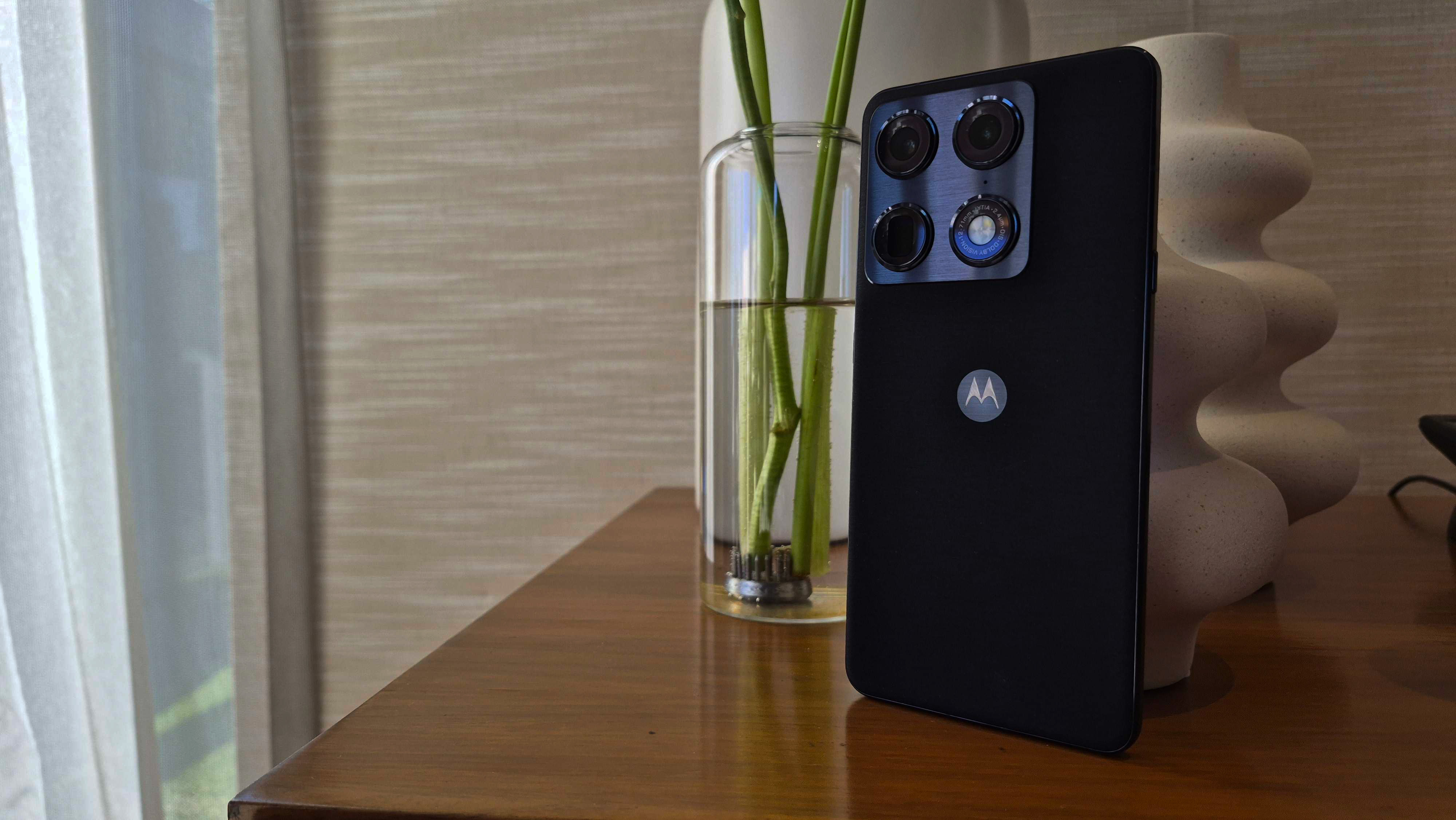 Motorola's new premium smartphone is a melting pot of camera innovation
Motorola's new premium smartphone is a melting pot of camera innovationNews The Signature has been built in collaboration with Sony, Qualcomm, and Instagram, and has four 50MP camera lenses
-
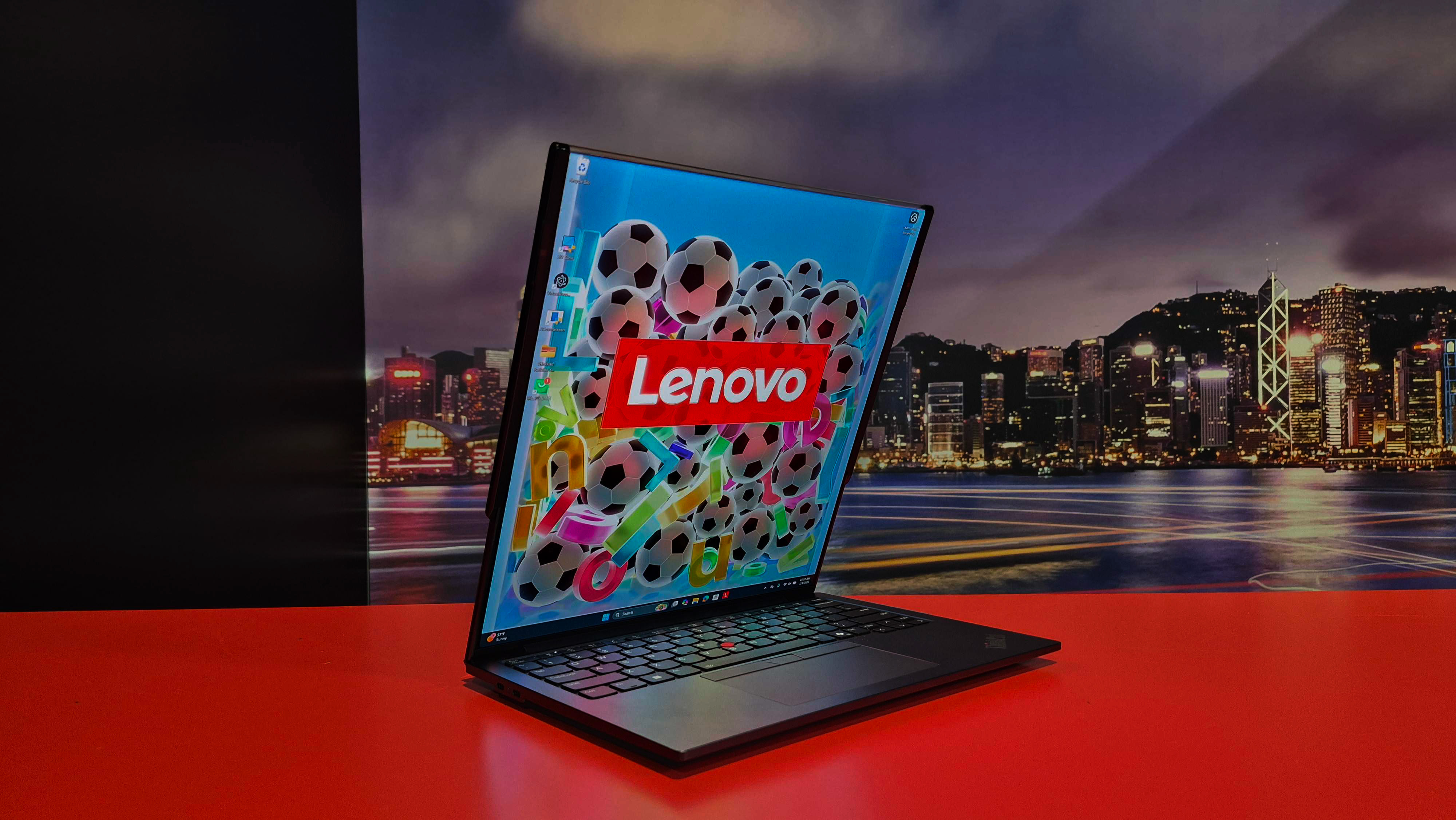 Lenovo reveals slick rollable screen concept at CES 2026
Lenovo reveals slick rollable screen concept at CES 2026News The ThinkPad XD is impressive, but the ThinkBook Gen 7 Auto Twist will have us knocking our laptops open
-
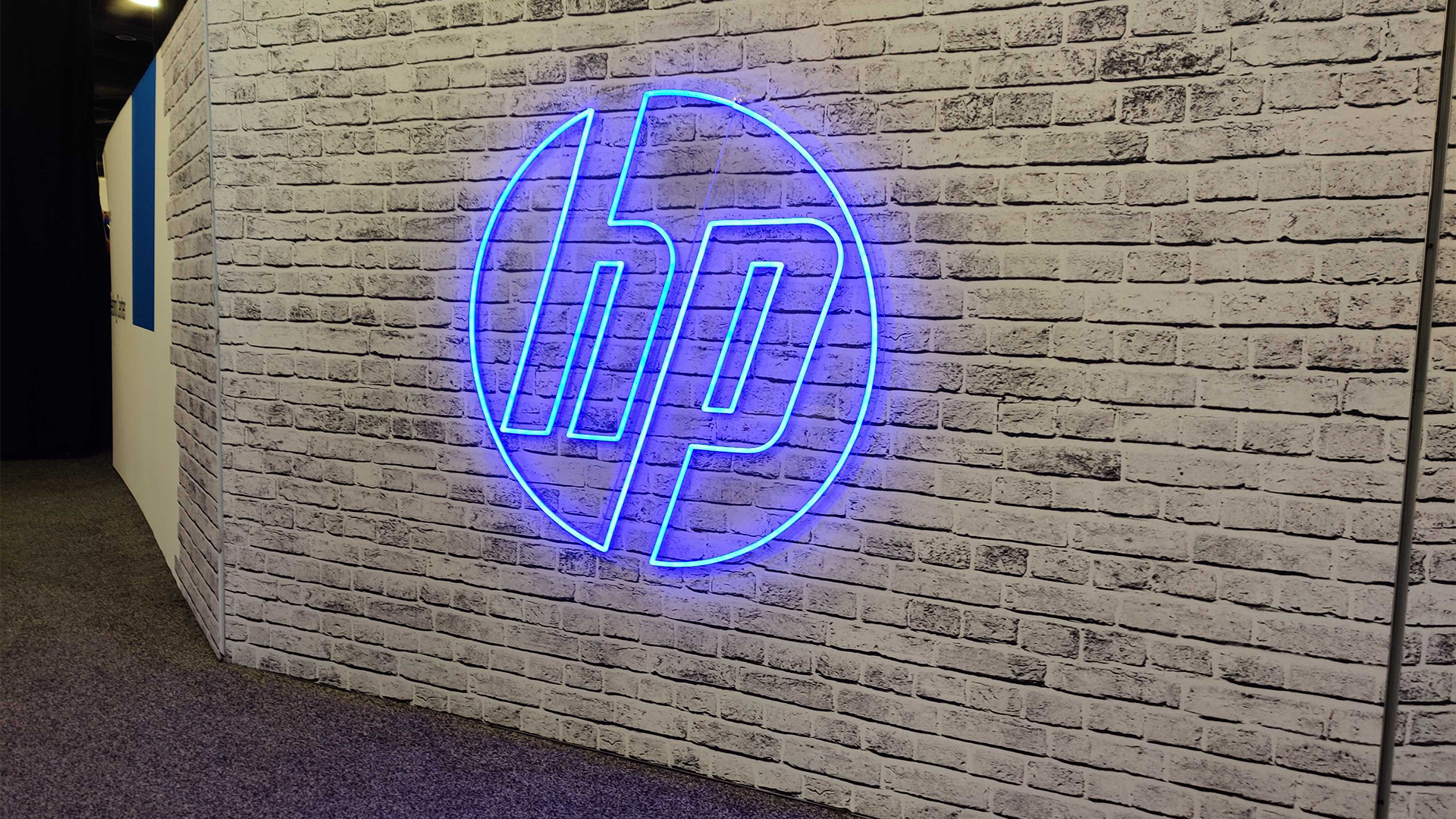 HP’s sustainability drive is paying off for channel partners
HP’s sustainability drive is paying off for channel partnersNews Channel partners that bought into HP’s sustainability program saw sales increase as customers react positively
-
 ‘We think that selling everything helps the customer’: HP wants to supercharge its partner program to support a new market strategy
‘We think that selling everything helps the customer’: HP wants to supercharge its partner program to support a new market strategyNews HP has enhanced its partner program to encourage channel partners to sell its entire range of products and solutions.
-
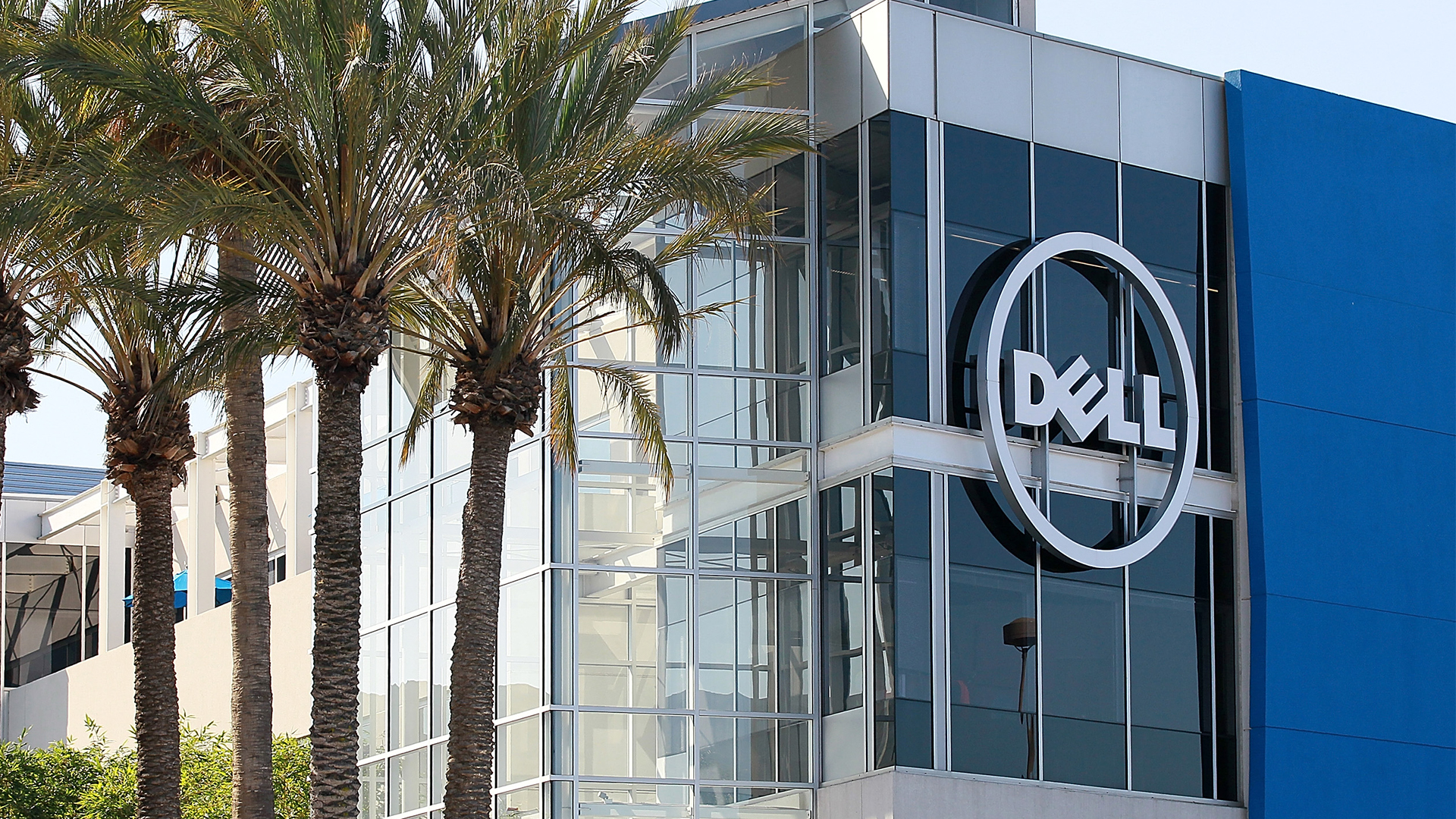 Predicts 2024: Sustainability reshapes IT sourcing and procurement
Predicts 2024: Sustainability reshapes IT sourcing and procurementwhitepaper Take the following actions to realize environmental sustainability
-
 Advance sustainability and energy efficiency in the era of GenAI
Advance sustainability and energy efficiency in the era of GenAIwhitepaper Take a future-ready approach with Dell Technologies and Intel
-
 2024 State of procurement report
2024 State of procurement reportWhitepaper The trends shaping the future of business buying
-
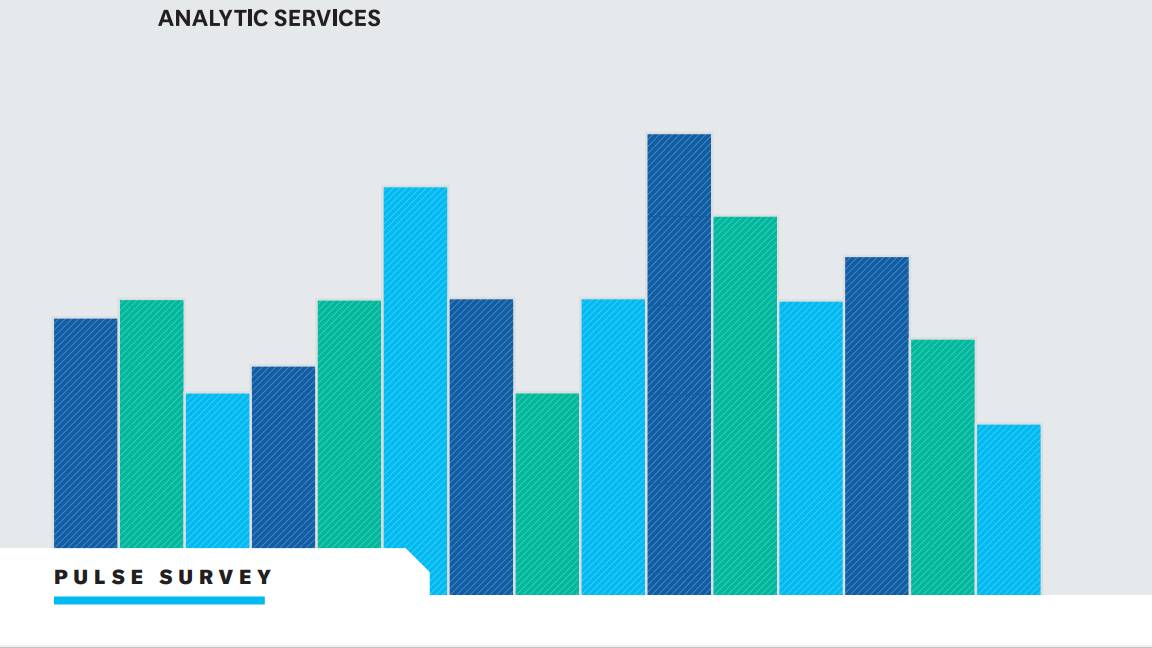 Digital optimisation paves the way to strategic supplier management
Digital optimisation paves the way to strategic supplier managementWhitepaper Procurement’s role as a strategic driver
-
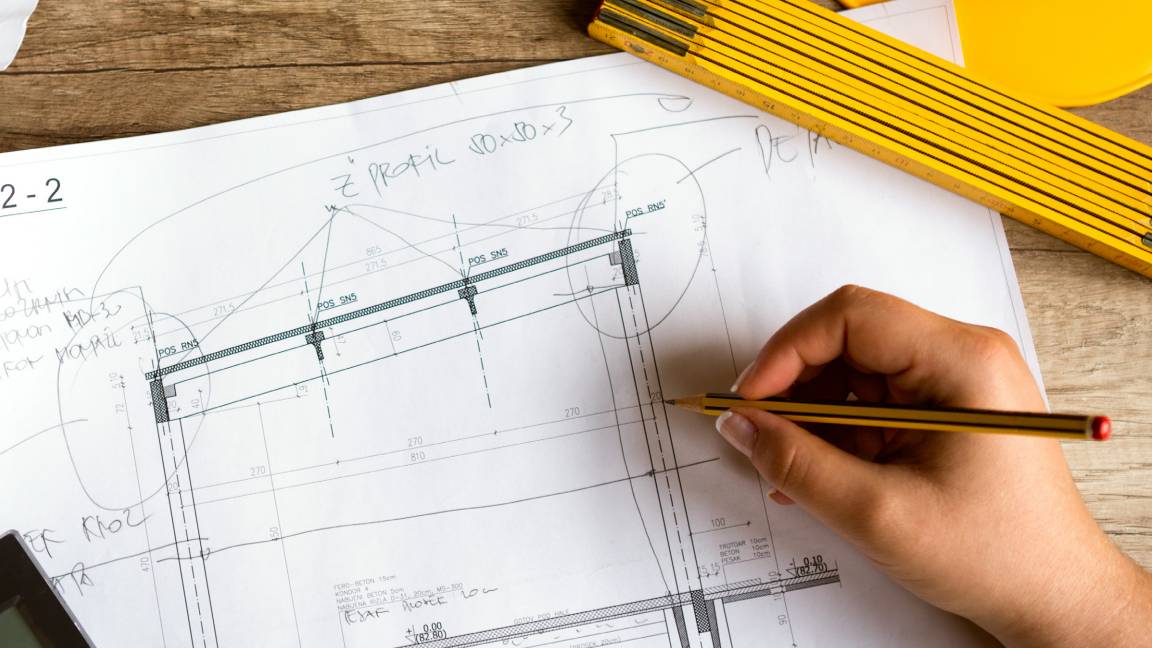 Bringing order to the file management chaos plaguing AEC firms
Bringing order to the file management chaos plaguing AEC firmswhitepaper How a cloud-based solution, supported by edge technology, helps architecture, engineering, and construction firms boost performance and cut costs
-
 File data services to support modern manufacturing
File data services to support modern manufacturingwhitepaper Smart file data services deliver resilience and intelligence to the modern manufacturing organization

